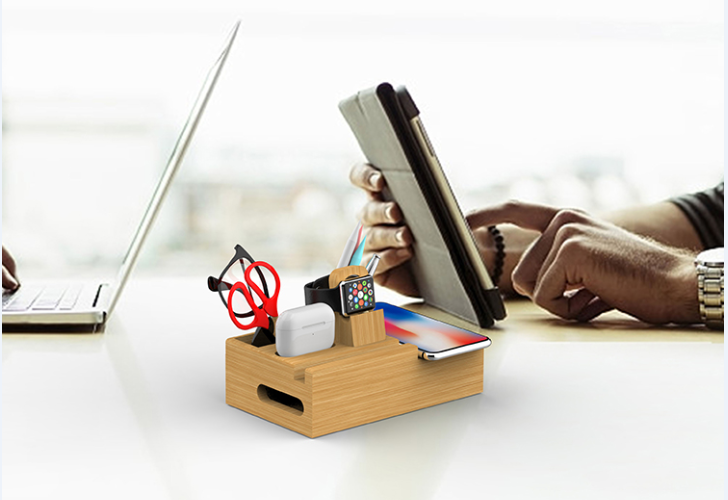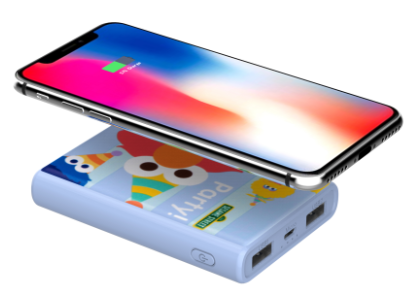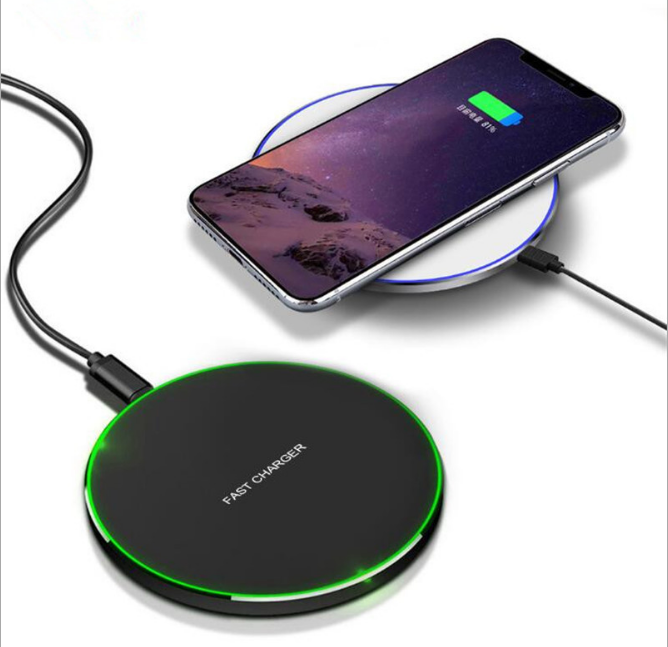Wireless charging
Wireless charging FAQ:
Wireless charging can help you ditch your USB cable for good

More and more smartphones are offering wireless charging alongside the standard wired charging we’re all used to. However, if you're looking to truly consign your USB cable to the back of a drawer somewhere, it’s a little more complicated than you might expect. This guide will make sure you’re up to speed on how wireless charging works.
How does wireless charging work?
Wireless charging requires two specially designed coils of wire — one in the charger, and one in the device you want to charge. When you power up the charger, it sends a current through its coil, which, when placed in close proximity to a device, will induce an electric current its own internal coil. This powers up your phone.


How fast is wireless charging?
Qi-certified charging pads have between a 5W and 15W output depending on the phone and pad combination you’re using. This is likely slower than wired charging blocks, which tend to vary between 20W to 30W on average, although some wireless chargers can produce higher wattages in certain circumstances.
Why should I use wireless charging?
Obviously convenience, for one. With a wireless charger, you no longer need to plug a cable into your phone to power it up. Many wireless chargers will need to be plugged in to operate, but it still means you don’t have to mess around finding the end of your charging cable to plug into your phone , you can simply place it on top of the pad until you're ready to to pick it up and use it again.



